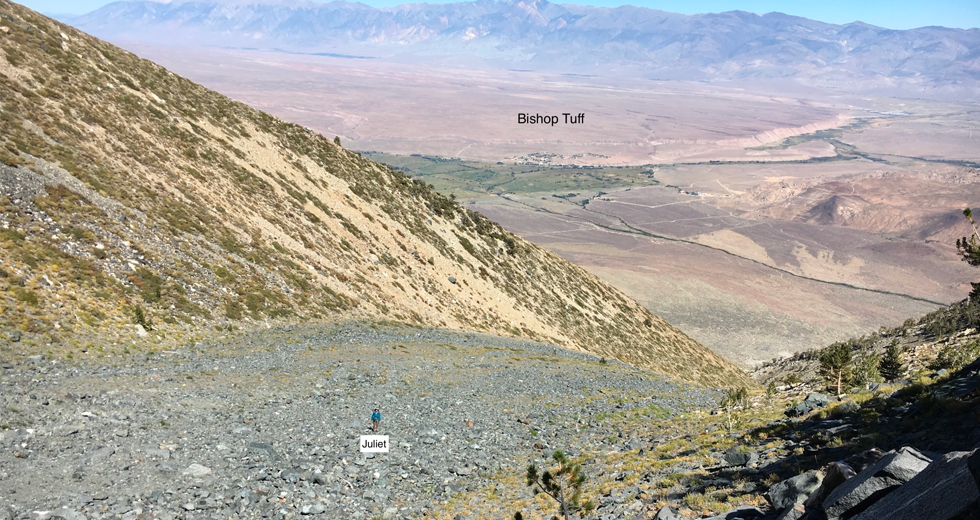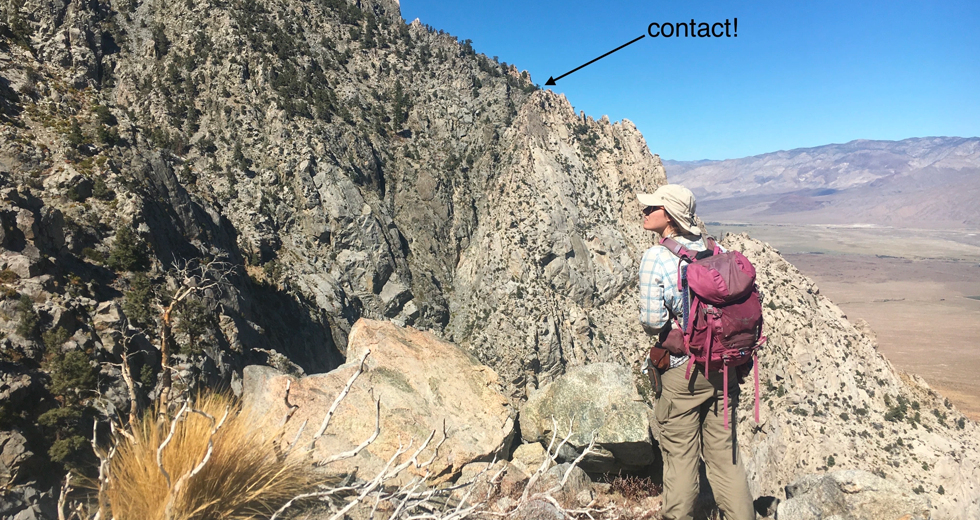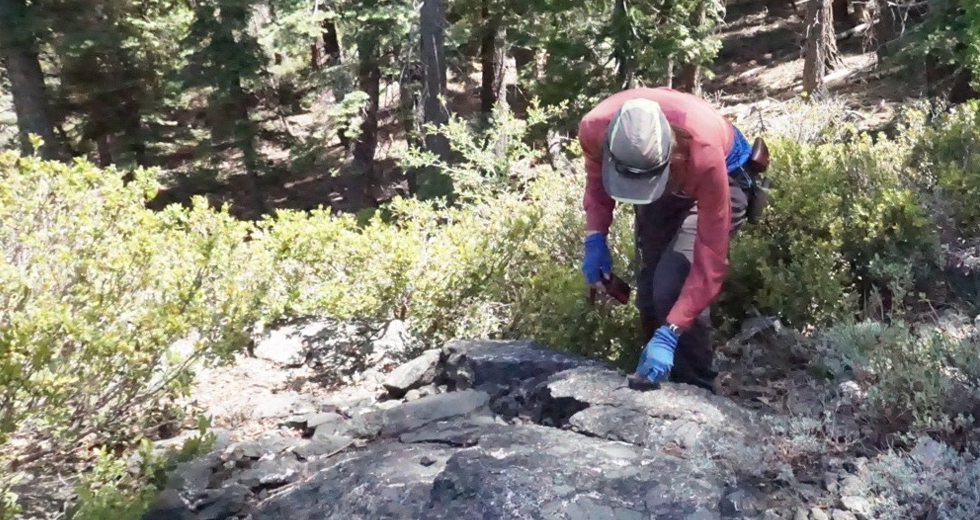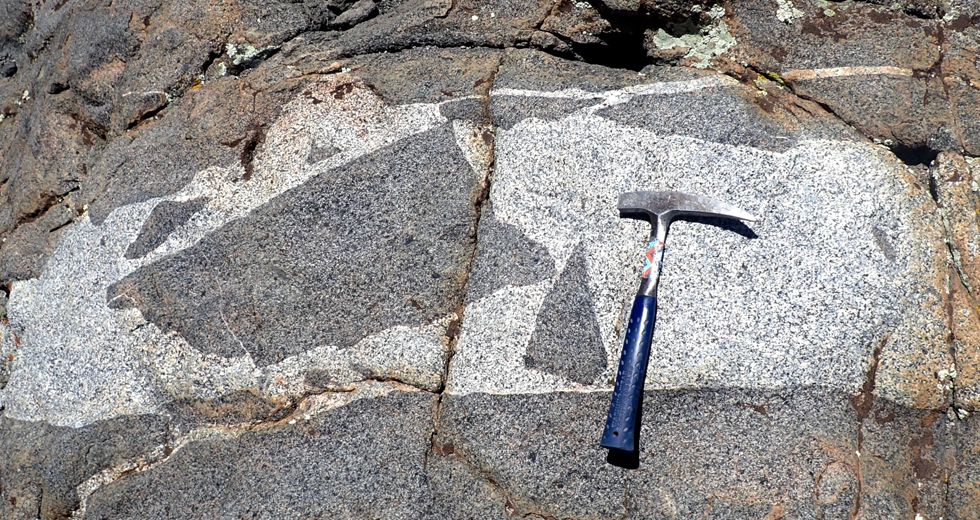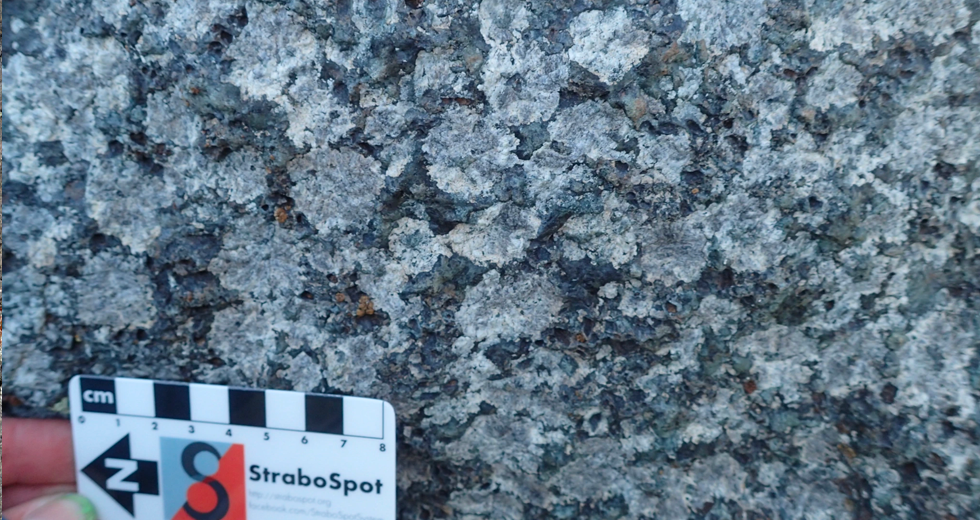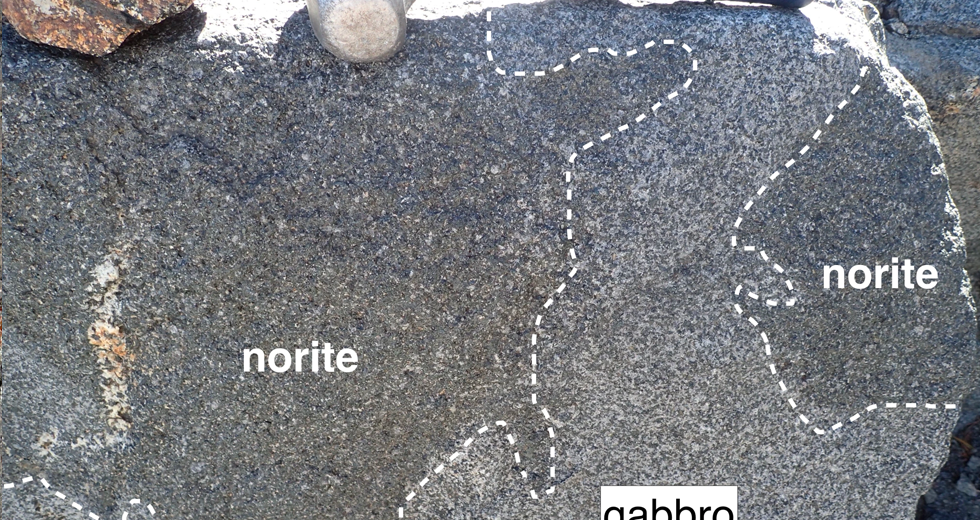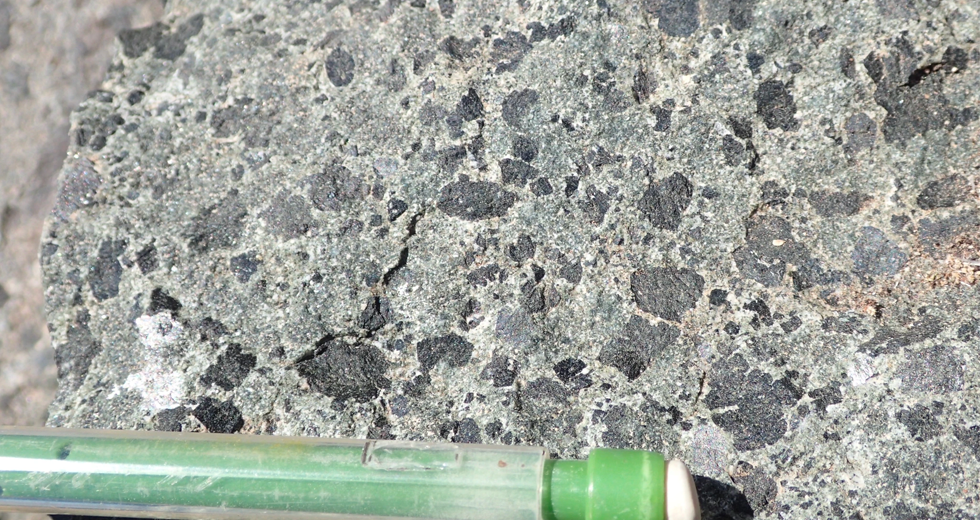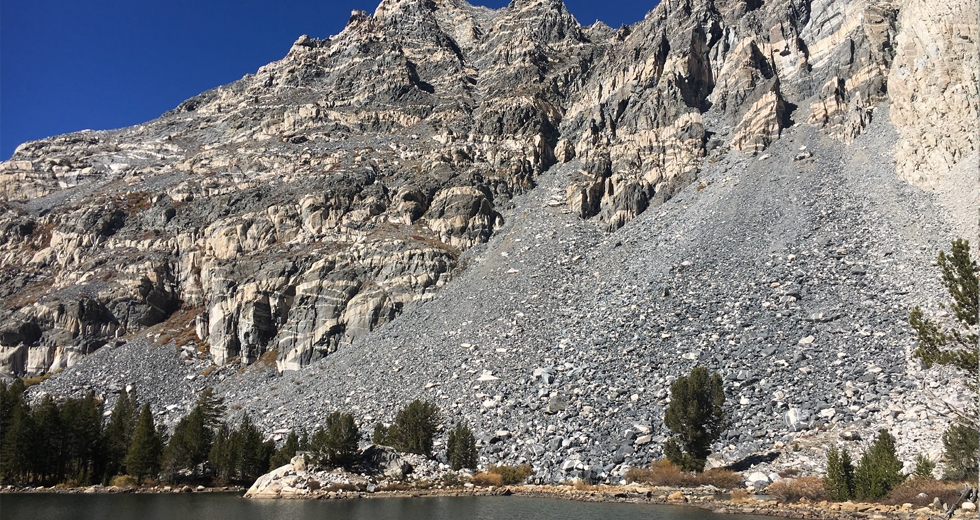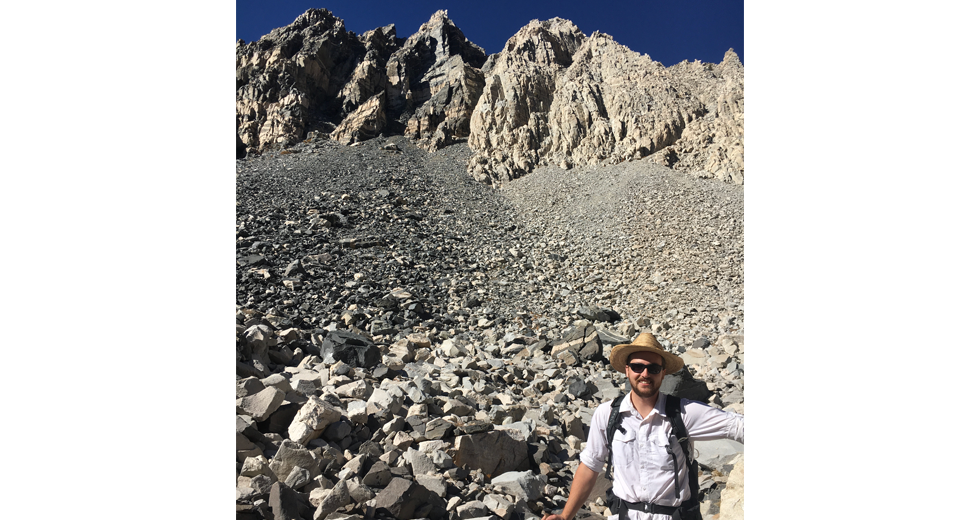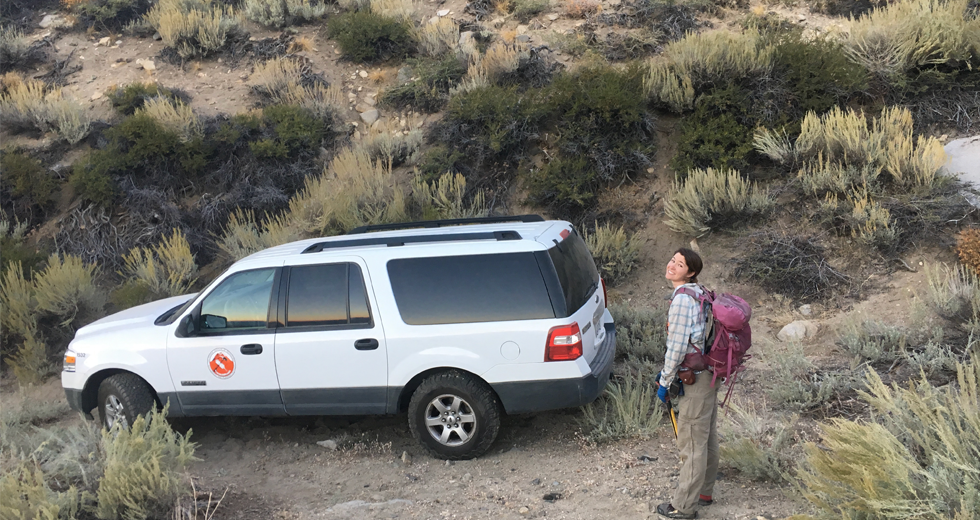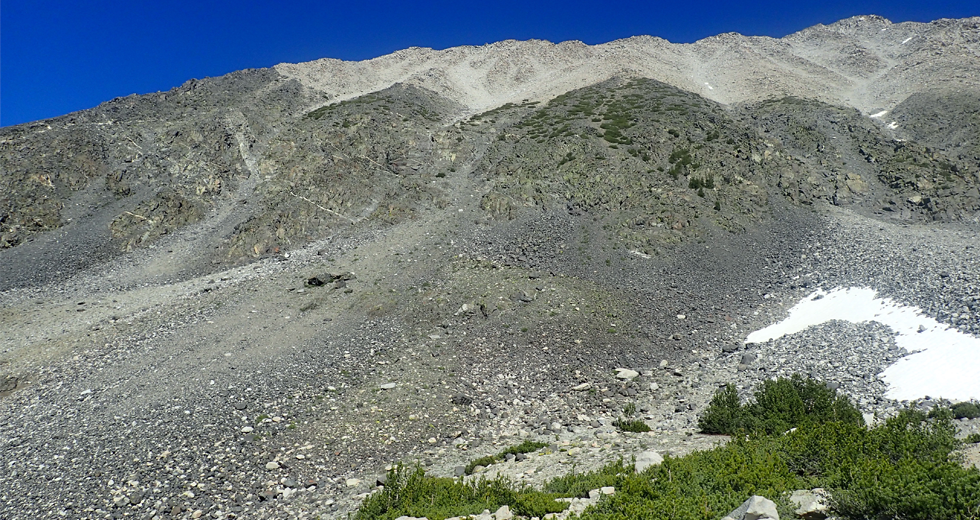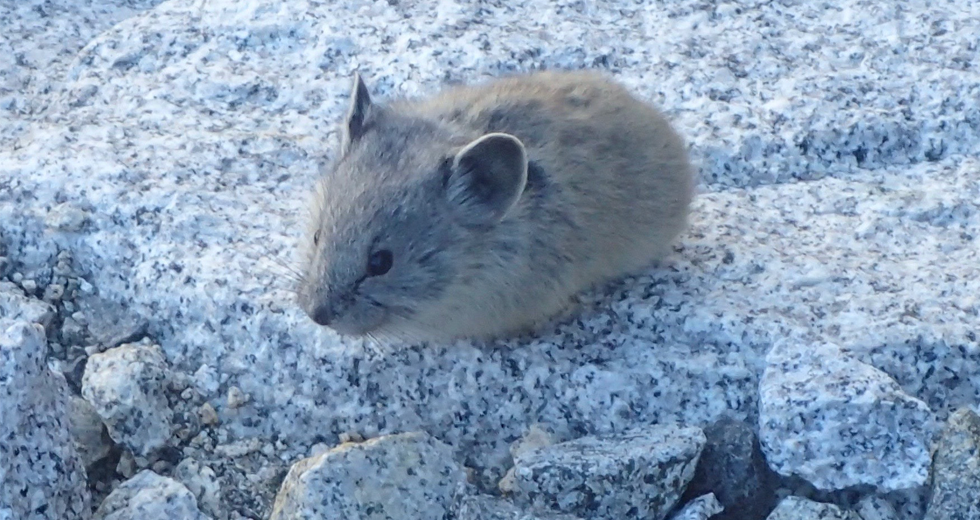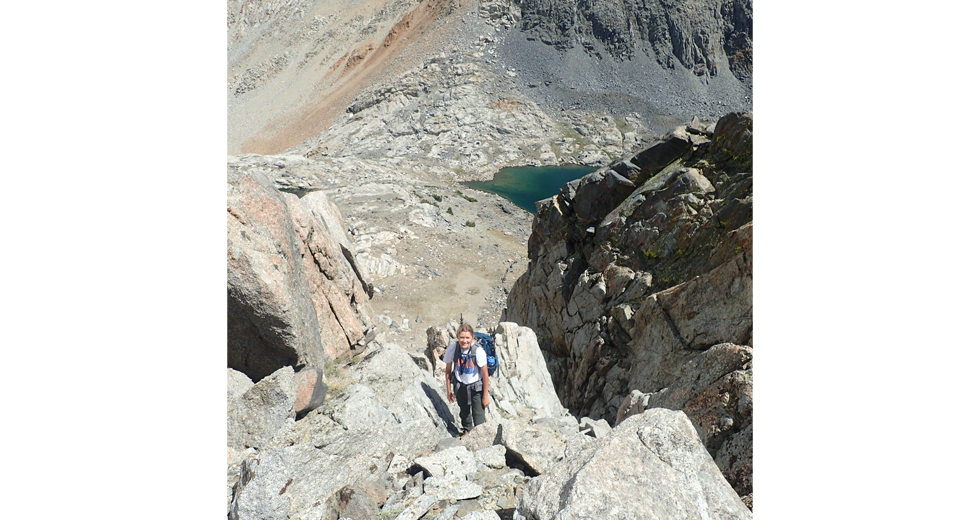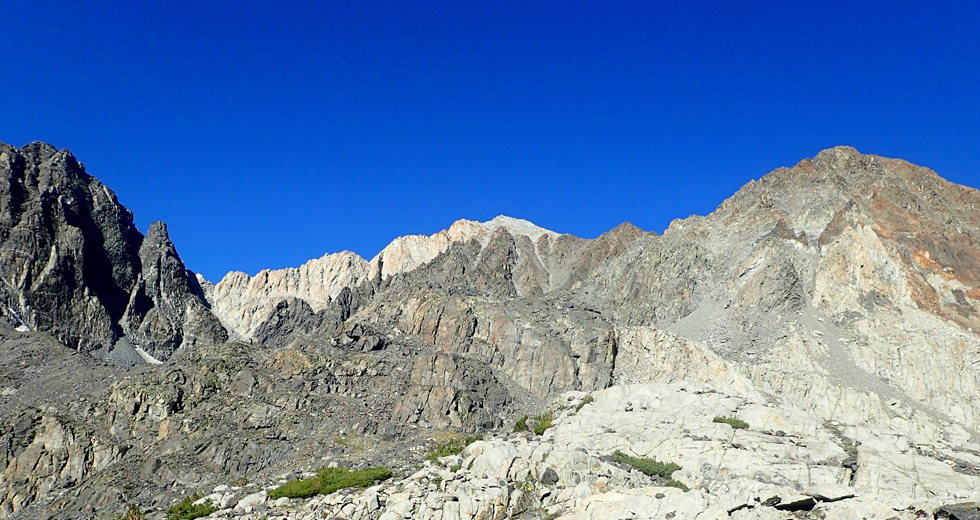Maddie Lewis - Project Profile
PhD candidate, California Institute of Technology, during AGeS project
What makes continental arcs tick?
Proposal Title: Timing of Mafic Intrusions Relative to Granitic Pluton Emplacement in the Sierra Nevada Batholith
Continental arcs are generated when an oceanic plate dives (i.e. subducts) beneath continental crust, causing melting in the mantle and the formation of volcanoes on the overriding continent. In addition to volcanoes at the surface, arcs form a column of solidified and partially crystallized magma from the mantle (30-50 km maximum depth) to just below the surface (~1 km depth). This solidified intrusive section of an arc is known as a batholith, and is commonly exposed at the Earth’s surface millions of years after the cessation of subduction and volcanism.
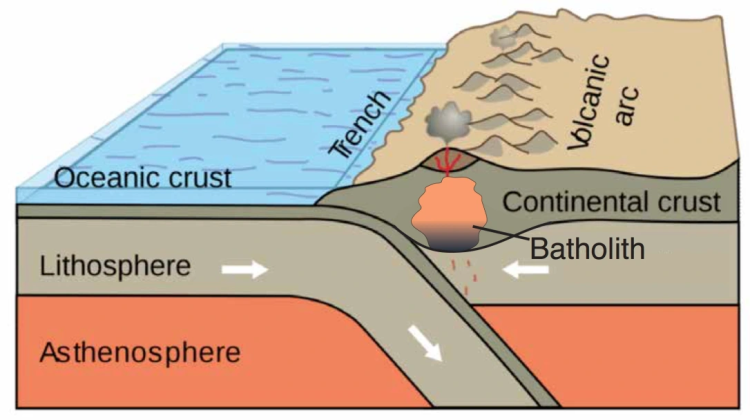
Most studies agree that arcs are the main sources of new continental crust on Earth’s crust today (e.g. Rudnick 1995). However, the rate of magma addition to the crust is not constant over an arc’s lifetime (10s to several hundred million years). The idea of “arc tempos” comes from the observation of cyclical flare-up and lull periods in continental arcs globally (Decelles et al. 2009), showing that 80-90% of the final batholith volume intrudes during ~10-20 million year flare-up periods. The drivers of arc tempos are not well understood, yet have significant implications for the generation of magma in arc settings. This leads to our big question: what makes continental arcs flare-up?
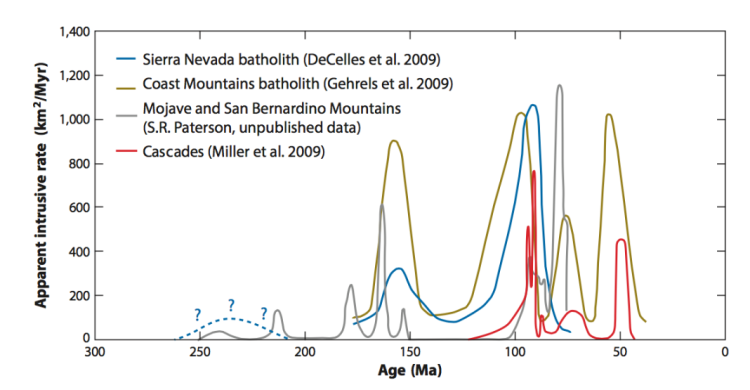
Our natural laboratory for this project is the Sierra Nevada batholith (SNB) in eastern California, a very well exposed paleo-continental arc. The arc was active from ~210-80 million years ago, with flare-up periods in the late-Jurassic and late-Cretaceous. This project approaches the question of tempos through a new lens: what role do mafic melts play in batholith generation? Though this area has been very well studied in terms of the granodiorites that make up the bulk of the batholith, little focus has been given to gabbro to diorite intrusions. Though these bodies are small (25 km2 or less) compared to very large granitoid suites (up to 1200 km2), they are closer in composition to mantle-derived melts. This gives us the opportunity to test whether mantle input influences arc tempos.
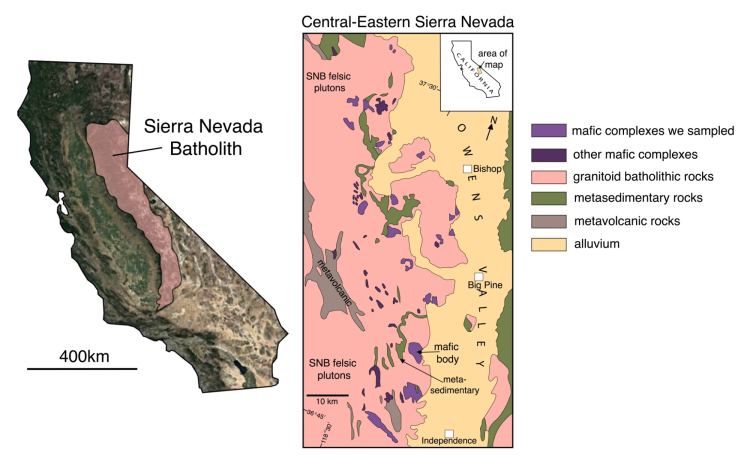
We visited 17 mafic bodies in the central SNB, collecting representative mafic samples for geochronology as well as some granitic samples from intrusions that had not been dated by any previous studies. Many thanks to my advisor Claire Bucholz, and to my field assistants Juliet Ryan-Davis, Allyson Trussel, Joe Biasi, and Liane Lewis for their help with sampling! Scroll through some field photos below:
We used U-Pb geochronology methods and laser ablation inductively-coupled mass spectrometry (LA-ICPMS) technique to measure and calculate the age of these samples. U-Pb geochronology relies on the known decay rates of U isotopes to Pb isotopes, so isotopic ratios in minerals can be used to calculate a crystallization age. The mineral zircon is very useful for this technique, because it contains a significant amount of U but very little Pb, so we can assume that all Pb in the zircon is a result of U decay. After separating over 1300 tiny zircon crystals from 22 samples, I headed to the Arizona LaserChron Center at the University of Arizona (in collaboration with Dr. George Gehrels, with much help from Sarah George and Marty Pepper) to collect U-Pb measurements and determine the age of the mafic complexes.

Our geochronology measurements show two main age populations for the mafic complexes: late-Jurassic and late-Cretaceous, perfectly lined up with intrusive flare-ups in the SNB! We interpret this to suggest that mantle input drives arc tempos, rather than other hypotheses such as melting of underplated material or preexisting crust, which would generate only felsic (i.e. granitoid) magmas. Our data can’t distinguish between different causes of mantle melting, such as episodic volatile fluxing of the mantle or lower-crustal delamination, but we narrow down the list of mechanisms that could drive arc tempos.
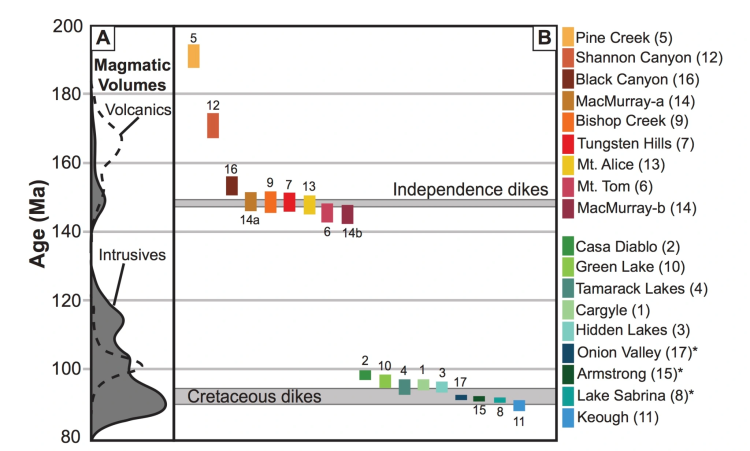
Continuing portions of this study involve the geochemical compositions of the mafic magmas in the arc upper crust, and what processes must have acted on them since their extraction from the mantle.
Please check out my website or find me on Google Scholar for information about my other work!
References:
- Attia, S., Cottle, J. M., & Paterson, S. R. (2020). Erupted zircon record of continental crust formation during mantle driven arc flare-ups. Geology, 48(5), 446-451.
- Coleman, D. S., Carl, B. S., Glazner, A. F., & Bartley, J. M. (2000). Cretaceous dikes within the Jurassic Independence dike swarm in eastern California. Geological Society of America Bulletin, 112(3), 504-511.
- Coleman, D. S., Glazner, A. F., Miller, J. S., Bradford, K. J., Frost, T. P., Joye, J. L., & Bachl, C. A. (1995). Exposure of a Late Cretaceous layered mafic-felsic magma system in the central Sierra Nevada Batholith, California. Contributions to Mineralogy and Petrology, 120(2), 129-136.
- DeCelles, P. G., Ducea, M. N., Kapp, P., & Zandt, G. (2009). Cyclicity in Cordilleran orogenic systems. Nature Geoscience, 2(4), 251-257.
- Ducea, M. N., Saleeby, J. B., & Bergantz, G. (2015). The architecture, chemistry, and evolution of continental magmatic arcs. Annual Review of Earth and Planetary Sciences, 43, 299-331.
- Frost, T. P. (1987). Sample localities, radiometric ages, descriptions, and major-and trace-element abundances of Late Jurassic mafic plutonic rocks, eastern Sierra Nevada, California. Department of the Interior, US Geological Survey.
- Rudnick, R. L. (1995). Making continental crust. Nature, 378(6557), 571-578.


